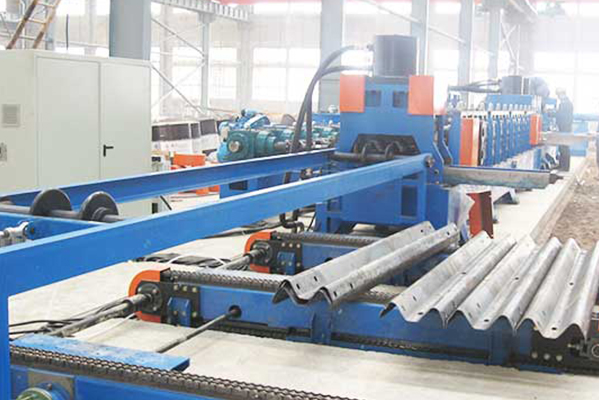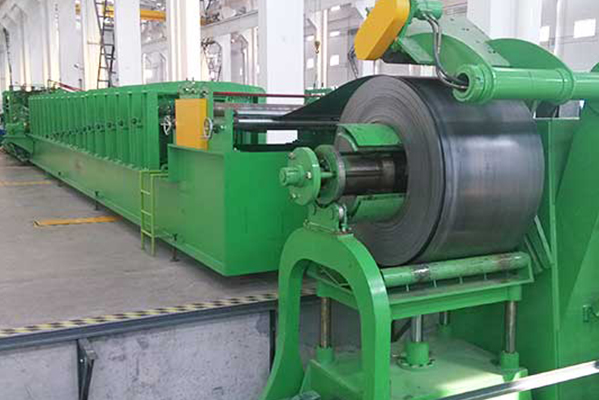Navigation Menu
Contact Us
- Email:
- info@wxavatar.com
- Address:
- Yurong Village, Yuqi Street, Huishan District, Wuxi, China.
Release Date:Apr 16, 2025 Visit:2 Source:Roll Forming Machine Factory
Roll forming is a continuous metal forming process that utilizes a series of rolls to progressively shape a metal strip or sheet into a desired cross-sectional profile. This method is widely used in manufacturing due to its efficiency, precision, and ability to produce long lengths of consistent profiles. The process is applicable to various metals, including steel, aluminum, and copper, making it a versatile solution for industrial applications.
Fundamental Principles of Roll Forming
The roll forming process operates on the principle of incremental deformation. Unlike single-step forming methods, roll forming gradually bends the material through multiple sets of rolls, each contributing to the final shape. The key aspects of roll forming theory include:

1.Material Flow and Deformation
As the metal strip passes through each roll station, it undergoes controlled plastic deformation. The material flows progressively without significant stretching or thinning, ensuring structural integrity.
2.Roll Design and Progression
Each set of rolls is designed to perform a specific bending operation, with the profile evolving incrementally. The number of roll stations depends on the complexity of the final shape.
3.Springback Compensation
Due to the elastic properties of metals, some springback occurs after bending. Roll forming accounts for this by overbending the material slightly, ensuring the final product meets dimensional requirements.
4.Speed and Process Control
The line speed is optimized to balance production efficiency with forming accuracy. Modern roll forming systems incorporate automation to maintain consistent quality.
Advantages of Roll Forming
High Production Efficiency: The continuous nature of the process allows for long-length production with minimal interruptions.
Precision and Consistency: The progressive forming method ensures uniform profiles with tight tolerances.
Material Utilization: Roll forming minimizes waste by efficiently shaping the metal strip without excessive trimming.
Flexibility in Design: Complex cross-sections can be achieved by adjusting the roll tooling configuration.
Applications
Roll forming is utilized in various industries, including:
Construction (roofing, wall panels, and structural components)
Automotive (body frames, trim parts)
Appliances (housing components, shelving)
HVAC (ducting and ventilation systems)

Conclusion
Roll forming is a well-established metal shaping process that combines efficiency, precision, and versatility. By understanding the underlying theory—material deformation, roll progression, springback control, and process optimization—manufacturers can produce high-quality profiles for diverse applications. Continuous advancements in tooling design and automation further enhance the capabilities of roll forming in modern manufacturing.